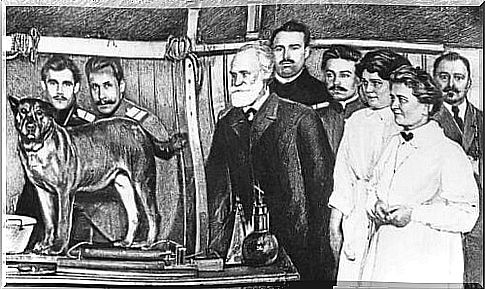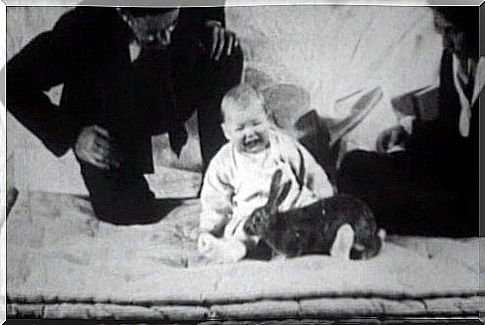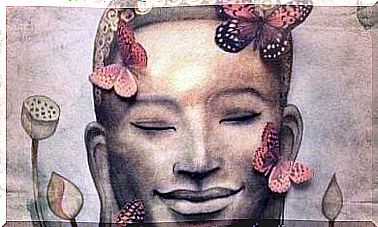The Experiment On Conditioning With Little Albert

John B. Watson is known as one of the fathers of behaviorism. His main source of inspiration came from Pavlov, the Russian psychologist who made the first discoveries about conditioning. Later, Watson performed the famous experiment, which has been called the experiment with little Albert.
Ivan Pavlov performed a very famous experiment with dogs. You could say that it was one of the most important introductory chapters that helped psychology become an exact science. He discovered the basic aspects of stimulus response and established the principles of classical conditioning.
Watson tried to repeat Pavlov’s experiment with the dogs through the little Albert experiment. In other words, he was trying to experiment with humans. In this specific case, he manipulated a baby to prove his hypothesis.
Pavlov’s experiments
Ivan Pavlov was a great scientist. After studying various things, he became interested in physiology. A physiological element was exactly what allowed him to discover the condition from the stimulus-response scheme.
Pavlov noted that the dogs would drool more before being fed. In other words, he discovered that the dogs were preparing themselves to eat before they had to do so. They responded to a stimulus.
This observation gave him the courage to start experimenting. Later, he began to introduce various stimuli before serving the food to the dogs as a kind of reminder.

The most famous item was the clock. He wanted to prove that the dogs would always drool when they heard the bell ring. They knew that the sound of the bell always preceded the food. Pavlov had conditioned them. The sound was the stimulus that triggered the saliva that was the response.
Background information on the little Albert experiment
Watson was a radical positivist. He believed that human behavior should be studied solely on the behavior that had already been learned. Genetic, unconscious, or instinctive elements made no sense to him. He only wanted to study the behaviors that could actually be observed.
Watson was a researcher at John Hopkins University in Baltimore. He began with the idea that most if not all human behaviors could be explained by individuals’ learning histories based on conditioning. Because of this, he thought it would be a good idea to prove that Pavlov’s conclusions could be applied to humans as well.
Watson visited an orphanage with his assistant Rosalie Rayner. Then they chose an 8-month-old baby, the son of one of the nurses from the orphanage. He was very neglected and lived a very cold and miserable life.
However, the child seemed very calm anyway. The people there said he had almost cried ever since he was born. That was the beginning of the experiment with little Albert.
A controversial experiment
In the first phase of the experiment, they exposed little Albert to various stimuli. The goal was to observe which of them frightened him. They noticed that he only felt frightened when he heard loud noises. It is something that is common to all children. Albert showed no signs of fear in front of animals or fire.
Then they began to introduce the fear using conditioning. They presented a white rat to Albert. In the beginning, he wanted to play with it. But every time he tried it, Watson would make a very loud noise that made him feel scared.
After repeating the same pattern a few times, the baby ended up being scared of the rat. Then they continued to show him animals like rabbits, dogs and even furs. They ended up conditioning Albert for all of them. He felt fear the moment he was near these stimuli.

They exposed the baby to these experiments for a long time. In fact, they continued for almost a year. Eventually, the child went from being calm to having a constant anxiety. It even got so far that he was scared just to see a mask of Santa Claus. They made him touch it and he started crying loudly.
During the second phase of the experiment, he decided to reverse the condition. He wanted, so to speak, to “condition” the fear that he had previously conditioned. But that never happened. The university fired Watson because of his controversial experiment and for starting a relationship with his assistant.
After the experiment with little Albert
We do not know what happened to the child after the experiment. But there are articles claiming that the boy died as a 6-year-old thanks to hereditary water in his head. If true, then the results of this vicious experiment are highly questionable.
The experiment with little Albert is one of the most famous experiments in the history of psychology. Its claims, conclusions and violation of a lot of rules made it at least very controversial.









